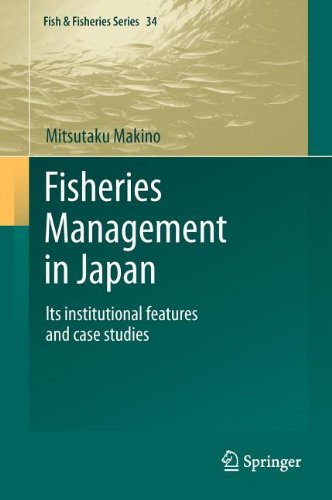

Most ebook files are in PDF format, so you can easily read them using various software such as Foxit Reader or directly on the Google Chrome browser.
Some ebook files are released by publishers in other formats such as .awz, .mobi, .epub, .fb2, etc. You may need to install specific software to read these formats on mobile/PC, such as Calibre.
Please read the tutorial at this link: https://ebookbell.com/faq
We offer FREE conversion to the popular formats you request; however, this may take some time. Therefore, right after payment, please email us, and we will try to provide the service as quickly as possible.
For some exceptional file formats or broken links (if any), please refrain from opening any disputes. Instead, email us first, and we will try to assist within a maximum of 6 hours.
EbookBell Team

4.4
12 reviewsJapan is one of the world’s largest fish-eating countries with a long history, and has developed its own customs and values in terms of managing fisheries resources. The first half of this book introduces the history and institutional features of capture fisheries management in Japan, with 9 case studies from sub-arctic to tropical ecosystems, from sedentary to migratory species, and from small-scale coastal to offshore industrial fisheries. For example, coastal fisheries management is more community-based, and local people have the authority and take priority in the decision-making process. In contrast, offshore fisheries are more industrialized and commercially oriented, and the national government plays a major role in their management. One of the main challenges in world fisheries is to implement the ecosystem approach, but there is no one-size-fits-all solution for its implementation.
The second half of this book considers the advantages and limitations of the Japanese fisheries management regime and discusses the necessary environmental policy measures to bridge the gaps between fisheries management and ecosystem-based management. As a case study, management measures in the Shiretoko World Natural Heritage area are analyzed. In closing, the Grand Plan of Japanese fisheries policy for the next 20 years and three future scenarios are presented.